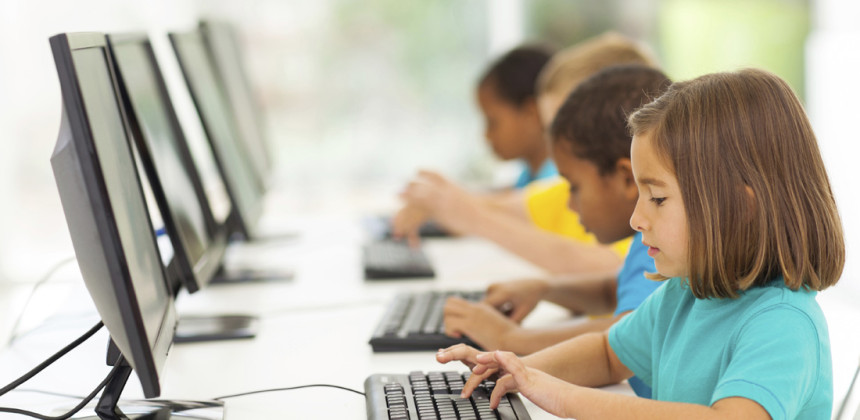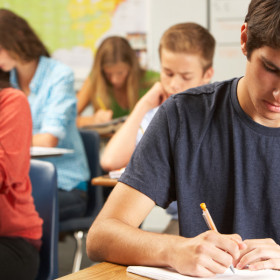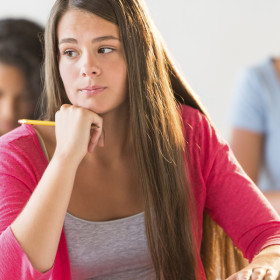Teaching Styles: Tradition vs Technology

There’s been a lot of talk about how technology in the classroom can enrich the learning experience, giving students multi-sensory, hands-on learning time. New tools such as iPads and even tools with fewer bells and whistles (such as cellphones) are becoming part of many schools’ classroom teaching and learning experience.
The argument is that it just makes sense to teach using the tools and methods that students are already using to communicate and learn.
The supporters say that it engages the students and can break down learning barriers crating greater student interaction.
In fact, some schools are experimenting with a new instruction model–the flipped classroom–which has kids listening to lectures via You Tube for homework, and using class time to complete assignments and interact with fellow students. They say that the traditional model is passive, and doesn’t challenge the students using the tools that the student is already using.
However, not all schools think that technology in the classroom benefits learning. Some research actually suggests that the traditional instruction model–teacher lecturing at the front of a classroom while students take note–actually promotes better learning. Some schools firmly believe that traditional is best–going as far as banning computers from the classroom.
However, for public schools facing budget cuts and staffing problems, the blended learning model–incorporating both lecture and self-teaching into lessons–seems to make the most sense. It encourages independence and provides guidance while still giving the structure that students are familiar with.




